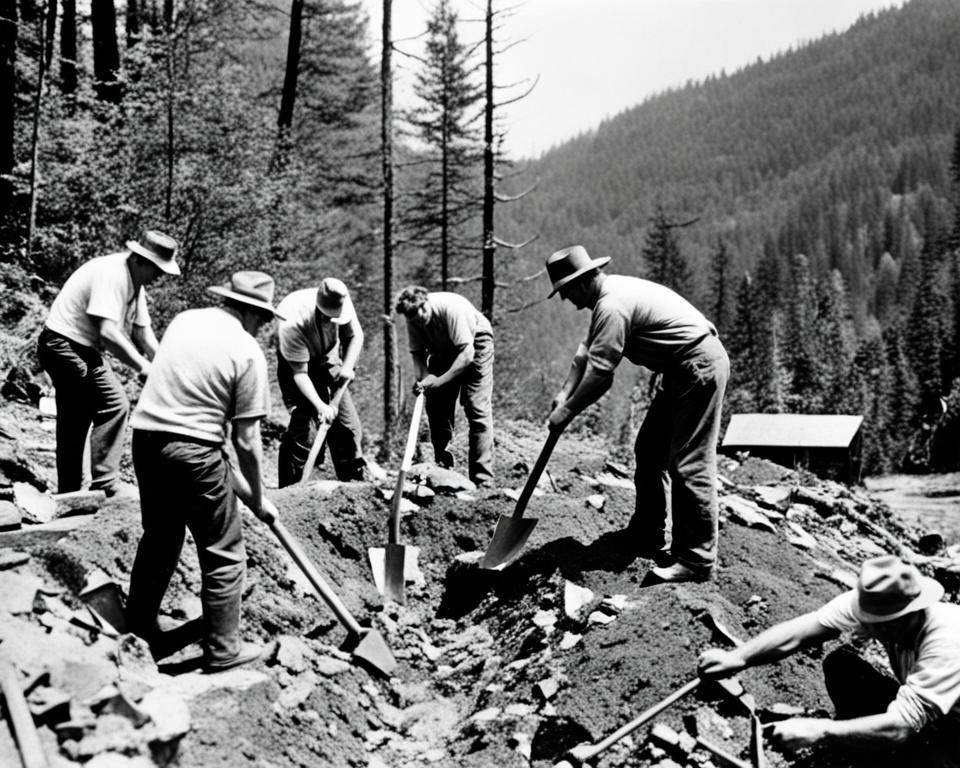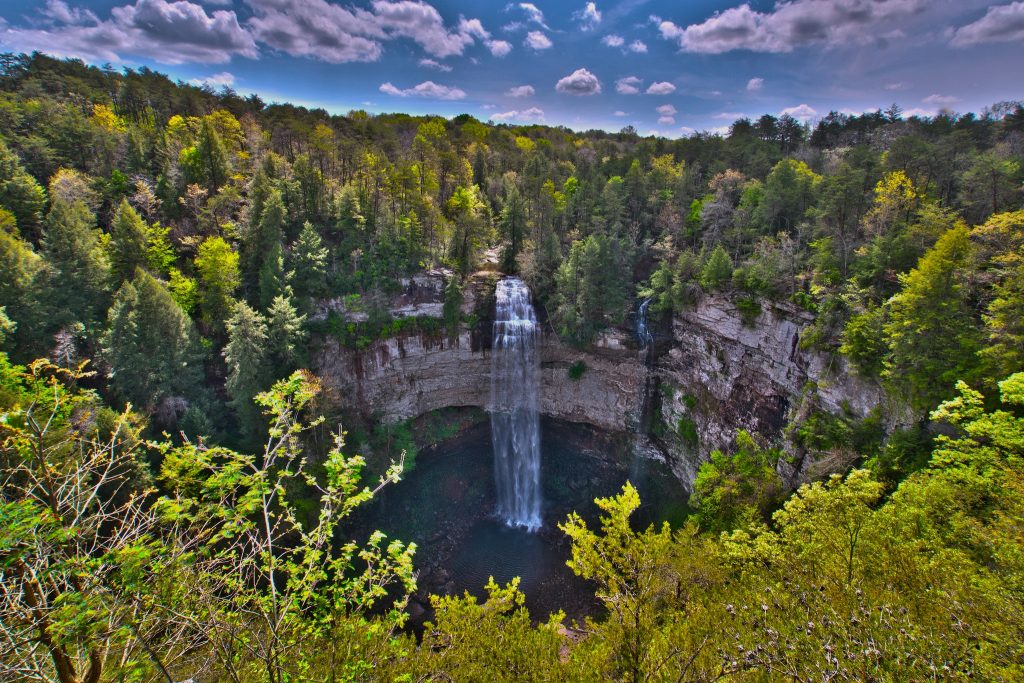
Water cascades down picturesque cliffs, and the melodious songs of wildlife fill the air at Fall Creek Falls State Park, a sanctuary of natural beauty and tranquility.
But did you know the park owes its existence to a significant government initiative? During the Great Depression, President Franklin D. Roosevelt’s administration launched the Civilian Conservation Corps (CCC) as part of the New Deal. This program aimed to provide relief and focus on conservation projects.
The CCC played a crucial role in the park’s transformation. Thousands of young men employed by the CCC restored the environment and created recreational facilities. They restocked wildlife, reforested areas, and built amenities like parking areas, picnic spots, camping facilities, and trails. This effort, supported by the Works Progress Administration (WPA), made Fall Creek Falls a popular destination.
Today, as you explore the park’s scenic trails and admire Fall Creek Falls, you can appreciate the CCC’s lasting impact. Their work provided relief during economic turmoil and crafted a vibrant, cherished natural oasis for future generations.
In 1936, the CCC and WPA began transforming Fall Creek Falls State Park, a project spanning over 19,684 acres. The National Park Service, State Forestry Service, and Department of Agriculture oversaw the park’s development, enhancing its appeal with essential amenities and infrastructure.
“The creation of Fall Creek Falls State Park is a testament to the dedication and vision of the CCC, WPA, and various government agencies involved. Their joint efforts transformed an ordinary landscape into a remarkable natural landmark.”
The park’s development included establishing parking areas, picnic and camping facilities, trails, and other amenities. This development allowed for the integration of recreational activities within the park’s abundant natural beauty.
One of the park’s highlights is the breathtaking 250-foot Fall Creek Falls, which captivates visitors with its majestic cascades. Other natural wonders include Cane Creek Gulf, Cane Creek Falls, Rock House Creek Falls, and Piney Falls, each adding to the park’s spectacular allure.

This dedication to restoring natural vegetation has led to an abundance of wildlife species within the park’s boundaries.
“The creation of Fall Creek Falls State Park showcases the impressive collaboration between various government agencies. Their combined expertise has built a recreational paradise, highlighting the region’s natural wonders and wildlife.”
The construction of Fall Creek Falls State Park represents a harmonious union of human ingenuity and natural beauty. Visitors can immerse themselves in this serene environment, surrounded by the achievements of the CCC, WPA, and government agencies.
The enduring impact of the Civilian Conservation Corps (CCC) on Fall Creek Falls State Park is significant. The park features a nationally recognized golf course, a modern inn and restaurant complex, and pristine natural beauty that continues to draw many visitors.
Managed by the Tennessee Department of Environment and Conservation, the park has preserved its valuable resources. These include the breathtaking Cane Creek Gulf, Cane Creek Falls, Rock House Creek Falls, Piney Falls, and a diverse array of wildlife. Its remote location enhances its appeal as one of Tennessee’s top recreational destinations.
The CCC’s conservation projects and public works programs have had a lasting impact on the environment and the local community. These efforts created employment opportunities for youth during a challenging economic period and led to the construction of facilities that enhance visitor experiences.
Whether marveling at the beauty of Fall Creek Falls or enjoying a round of golf on the acclaimed public course, visitors to Fall Creek Falls State Park enjoy an unforgettable experience. The CCC’s commitment to preserving the park’s natural splendor and their vision for creating valuable recreational resources contribute to the enduring legacy of this remarkable destination.